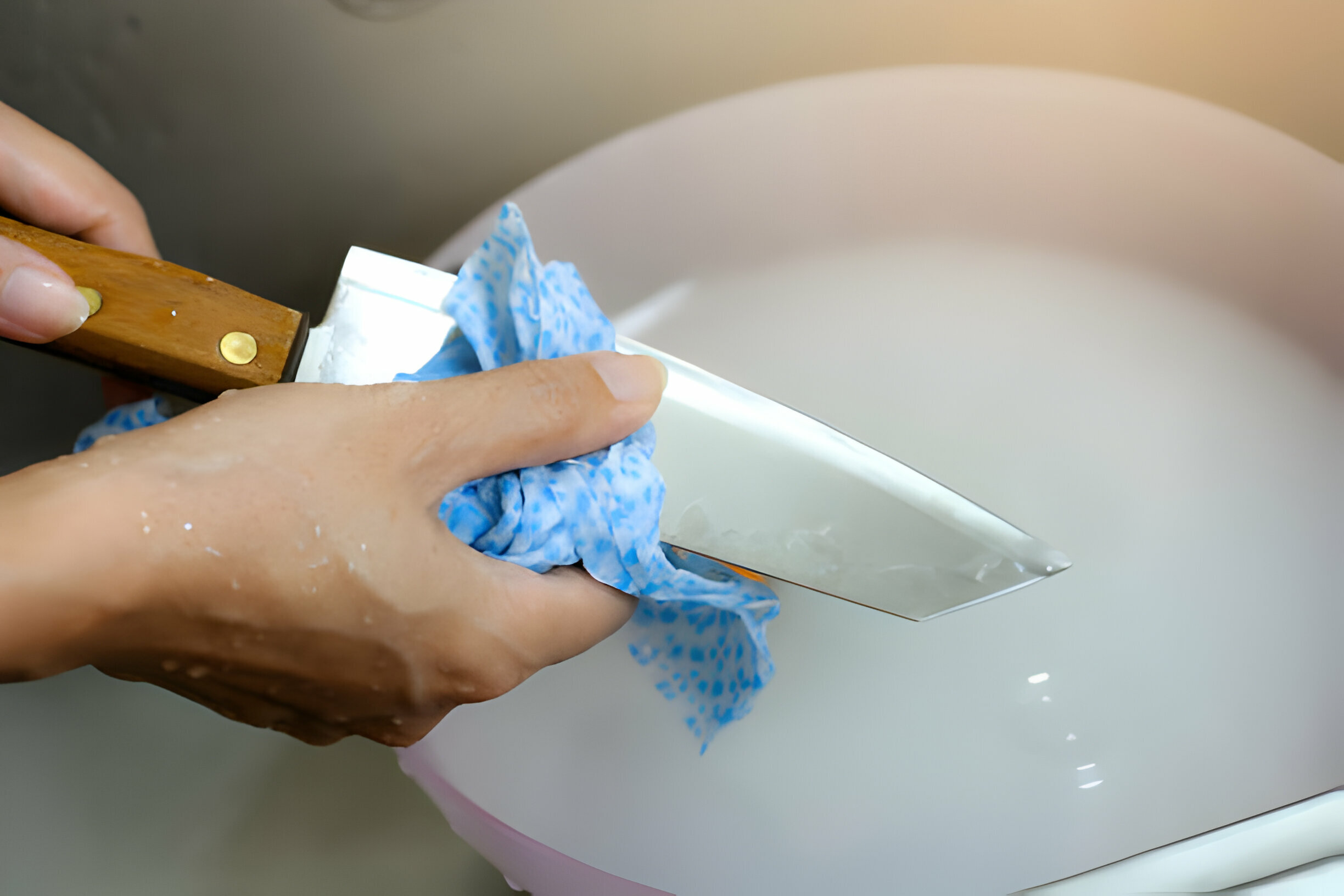when must a knife be cleaned and sanitized
when must a knife be cleaned and sanitized: Master the Art of Cleaning and Sanitizing Your Trusty Blade!
Introduction:
The kitchen is a place where creativity, flavors, and gastronomic delights come to life. But amidst the excitement and joy of cooking, it is crucial not to overlook an essential aspect of food preparation – the cleanliness of our knives. In this curated blog post, we will delve into the art of knife sanitization, exploring when and why we must prioritize cleanliness for a healthier and safer culinary experience.
The Basics of Knife Sanitization
Understanding the Difference between Cleaning and Sanitizing:
Introduction:
The kitchen is a place where creativity, flavors, and gastronomic delights come to life. But amidst the excitement and joy of cooking, it is crucial not to overlook an essential aspect of food preparation – the cleanliness of our knives. In this curated blog post, we will delve into the art of knife sanitization, exploring when and why we must prioritize cleanliness for a healthier and safer culinary experience.
The Basics of Knife Sanitization
Understanding the Difference between Cleaning and Sanitizing:
Creating regular cleaning intervals is crucial for maintaining knife hygiene. Daily cleaning is ideal, but depending on usage frequency, weekly or monthly cleaning may be acceptable. By ensuring consistent cleaning, we effectively reduce the risk of bacterial growth and cross-contamination during food preparation.
Visual Cues That Indicate Cleaning is Needed:
Our knives communicate with us through visual cues that indicate when they need cleaning. Stains, discoloration, or food residue buildup on blades or handles are warning signs that shouldn’t be ignored. Not only do these signals compromise the knife’s appearance, but they also pose potential health risks. Regular inspection and prompt action are crucial to ensuring optimum cleanliness.
Critical Situations Requiring Immediate Cleaning and Sanitization
Cross-Contamination Prevention:

One of the most critical aspects of knife hygiene revolves around preventing cross-contamination. Using the same knife to cut different ingredients, especially between raw proteins and other items, can lead to the transfer of harmful bacteria. It is vital to wash and sanitize knives thoroughly after handling raw meat, fish, or allergenic products to minimize the risk of foodborne illnesses.
After Handling Acidic or Corrosive Foods:
Acidic foods such as citrus fruits or vinegar can have corrosive effects on knife blades. If left unwashed, these substances can lead to rust or even damage the blade’s integrity, affecting its overall performance. Therefore, it is crucial to clean and sanitize knives promptly after working with such ingredients to maintain both hygiene and longevity.
Cutting Boards and Cutting Surfaces:
A sharp and clean knife is only as good as the surface it cuts upon. Cutting boards and surfaces can harbor bacteria or develop deep scratches, which are havens for germs to hide. Regular cleaning of cutting boards, along with the appropriate disinfection practices, complements proper knife hygiene. Additionally, consider replacing cutting boards if they become excessively worn or develop unhealthy grooves.
Best Practices for Proper Knife Cleaning and Sanitization
Step-by-Step Cleaning Process:
A comprehensive cleaning routine involves several key steps. Start by washing your knife under warm water with mild soap, ensuring all visible debris and food particles are removed. Use a scrub brush to gently clean the blade, paying attention to any textured areas where bacteria may hide. Rinse thoroughly, taking care not to cut yourself. Finally, pat dry the knife with a clean cloth, making certain to remove any excess moisture to prevent rusting or bacterial growth.
Approaches to Sanitization:
There are various methods to achieve effective knife sanitization. Heat is a commonly used method; boiling water or steam can be employed to kill bacteria on the knife’s surface. Chemical solutions like sanitizing wipes or solutions can also be used, but be sure to read and follow the instructions carefully. Alternatively, UV light sanitization devices are available on the market and can be a convenient option for those seeking a more high-tech approach. Choose the method that suits your needs, knife material, and personal preferences, ensuring to prioritize thorough sanitization.
Conclusion:
Properly cleaning and sanitizing our knives is of utmost importance in the culinary world. By understanding the difference between cleaning and sanitization, identifying key indicators for knife maintenance, and recognizing critical situations demanding immediate attention, we can ensure a safer and healthier kitchen environment for ourselves and those we cook for. By implementing best practices in knife hygiene, we embrace a commitment to excellence, facilitating the creation of delicious meals that nourish both body and soul.






